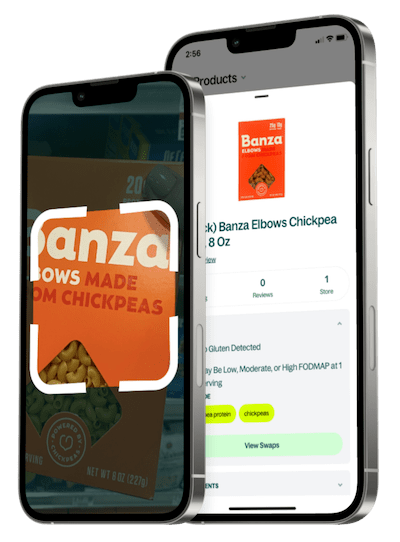Is General Mills, Honey Nut Cheerios Gluten Free Breakfast Cereal, Family Size 19.5 oz Low FODMAP?

Description
General Mills Honey Nut Cheerios is a gluten-free breakfast cereal that comes in a family-sized box of 195 oz. It is made with real honey, whole grain oats, and does not contain high fructose corn syrup. This cereal is also fortified with 12 vitamins and minerals, making it a good source of iron and calcium. With 3 grams of fiber per serving, Honey Nut Cheerios may help reduce the risk of heart disease. People enjoy the flavor and texture of this cereal and often eat it with or without milk.

Description
General Mills Honey Nut Cheerios is a gluten-free breakfast cereal that comes in a family-sized box of 195 oz. It is made with real honey, whole grain oats, and does not contain high fructose corn syrup. This cereal is also fortified with 12 vitamins and minerals, making it a good source of iron and calcium. With 3 grams of fiber per serving, Honey Nut Cheerios may help reduce the risk of heart disease. People enjoy the flavor and texture of this cereal and often eat it with or without milk.
Ingredients
Whole Grain Oats (Includes The Oat Bran), Sugar, Modified Corn Starch, Honey, Brown Sugar Syrup, Salt, Tripotassium Phosphate, Canola And/or Rice Bran Oil, Natural Almond Flavor, Vitamin E (Mixed Tocopherols), Added To Preserve Freshness, Vitamins And Minerals: Calcium Carbonate, Zinc And Iron (Mineral Nutrients), Vitamin C (Sodium Ascorbate), A B Vitamin (Niacinamide), Vitamin B6 (Pyridoxine Hydrochloride), Vitamin B2 (Riboflavin), Vitamin B1 (Thiamin Mononitrate), Vitamin A (Palmitate), A B Vitamin (Folic Acid), Vitamin B12, Vitamin D3
What is a Low FODMAP diet?
A Low FODMAP diet limits foods high in certain short-chain carbohydrates (FODMAPs) that can be poorly absorbed in the gut. These include specific sugars found in foods like onions, garlic, beans, apples, and wheat. It's commonly followed by people with irritable bowel syndrome (IBS) or other digestive sensitivities to reduce bloating, gas, and discomfort. The diet typically involves an elimination phase, followed by gradual reintroduction to identify personal triggers. When followed carefully, often with a dietitian's guidance, a Low FODMAP diet can help manage symptoms while maintaining a balanced and varied intake of nutrients.


